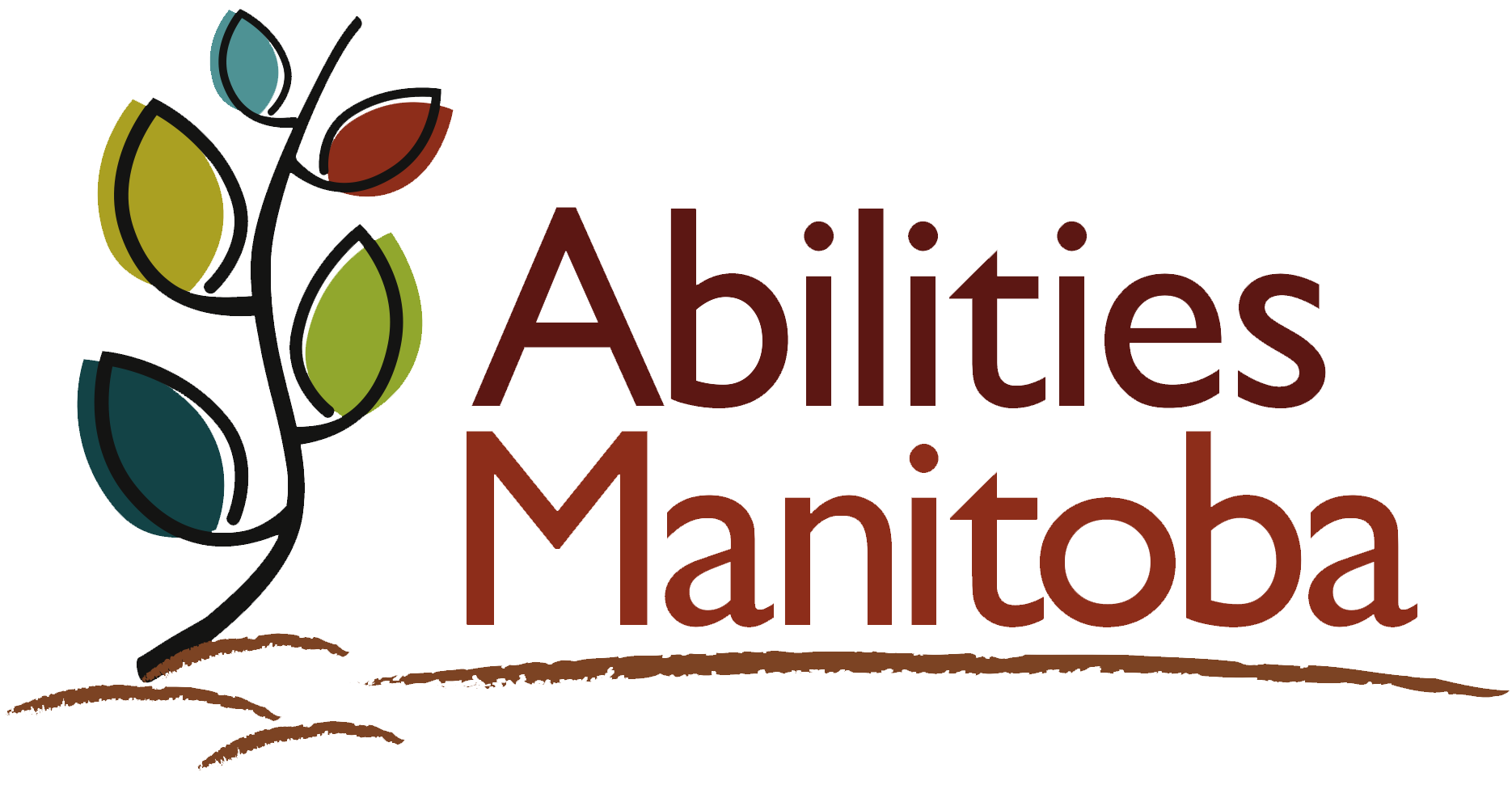Documents authored by Abilities Manitoba are available in alternative formats. For other shared documents and resources, please contact the original author. If you require any assistance please contact us and we will do our best to accommodate you.
You can contact us at admin@abilitiesmanitoba.org or 431-688-6108.
Leading Practice Guidelines
Facilitating Relationships, Connection, & Social Capital
Type: Connection
Guideline: The organization values, recognizes, understands and emphasizes the centrality of relationships in people’s lives.
The organization provides focused, intentional support to establish, maintain and enhance relationships according to each person’s wishes and preferences. Support focuses on facilitating participation, membership and friendship. Relationships ideally are voluntarily chosen and mutually valued.
What does this look like?
The organization expresses a commitment and focus on supporting people to create connection and belonging in their lives. This commitment, typically a formal written document, sets out expectations for staff behaviour and strategies to assist people in developing and maintaining relationships as they wish. This formal commitment or strategy may include:
- Outlining reasons why relationship, connection and social capital are important
- Connection, belonging and intimacy is a critical human need that we all share
- People are safer when they are loved and belong
- Loneliness reduces life span and quality of life
- Identifying the ways in which connection and relationships develop and what role the organization may play in facilitating these circumstances
- People form relationships through shared interests and culture
- People connect when they share the same space over and over again
- Relationships form when there is invitation and mutual pleasure in each other’s company and trust
- Outlining the strategies and support that the organization will provide to enhance connection:
- Support to nurture, maintain or re-connect with friends
- Explore and uncover people’s interests so that activities and opportunities could be offered to connect with those that share similar interests
- A wide range of activities are offered, encouraged, and facilitated that foster the formation and nurturing of relationships
- Flexible services that can meet the dynamic needs of evolving relationships
- Support as needed around the logistics of participation in friendships, association or membership (i.e. transportation, scheduling, payment, registration, gifts, etc.)
- Access to news, pop culture and information through radio, TV and whenever possible, the Internet allows people to participate in conversations about current events, be aware of opportunities for connections and connect with others using electronic or online forums
- Support as needed to acknowledge, reciprocate and honour important days, milestones and achievements of friends as directed by the person.
- While some people may choose to spend time with people with disabilities, this is not imposed and, in fact, experiences and activities with a diverse range of people and communities are offered and encouraged
- Welcoming people’s friends and assisting people to be hospitable and welcoming
- There are no restrictions on visitors except where the person directs or where conflicts occur related to the safety or privacy of others that share the same space. Limits may be imposed during work or vocational type activities
- Support to acknowledge and support grief and loss and assist the person to remember and honour loved ones
People receive support, information and education around relationships. This may include:
- Differences between private and public spaces
- Differences between friends and romantic relationships
- Learning to recognize what the other person is feeling
- Conversation skills
- Hospitality
- Which environments, activities and context in which certain types of socializing may not be appropriate (i.e. work)
- Signs or risks that someone may not be a friend
- How to establish and maintain rapport with someone
Staff receive training and support to foster participation and the formation and nurturing of relationships. Staff are aware of and equipped to fulfill the organization’s expressed expectations around supporting connections and friendships.
The organization measures and tracks the extent to which people are satisfied with the level of connection in their lives on an individual and organizational basis. They use this information to make decisions on how best to support people.
How would you know this is happening? (Evidence)
What you see in systems:
- The organization has written statements, policies or strategies that outline expectations for organizational members regarding supporting friendships and connection.
- Information is available about the extent to which people have participation, membership and friendship in their lives. This information is reviewed and used as part of the organization’s quality improvement process.
What you see in actions:
- Staff talk and act in a manner that consistently enhances and nurtures connection with those they support. It is clear that they know this is a central focus in all they do.
- People are satisfied with the support they receive to maintain connections.
Resources to support achieving guideline:
- Cara Milne – M Power Planning
- David Pitonyak – Imagine – Supporting Confidence, Competence, and A Sense of Well-Being
- Al Condeluci
- Open Futures Learning – Side by Side Modules
- Sample Statement of Commitment – [To be added soon]
- Community Living BC, A guide for Self-Advocates Support Network (PDF)
